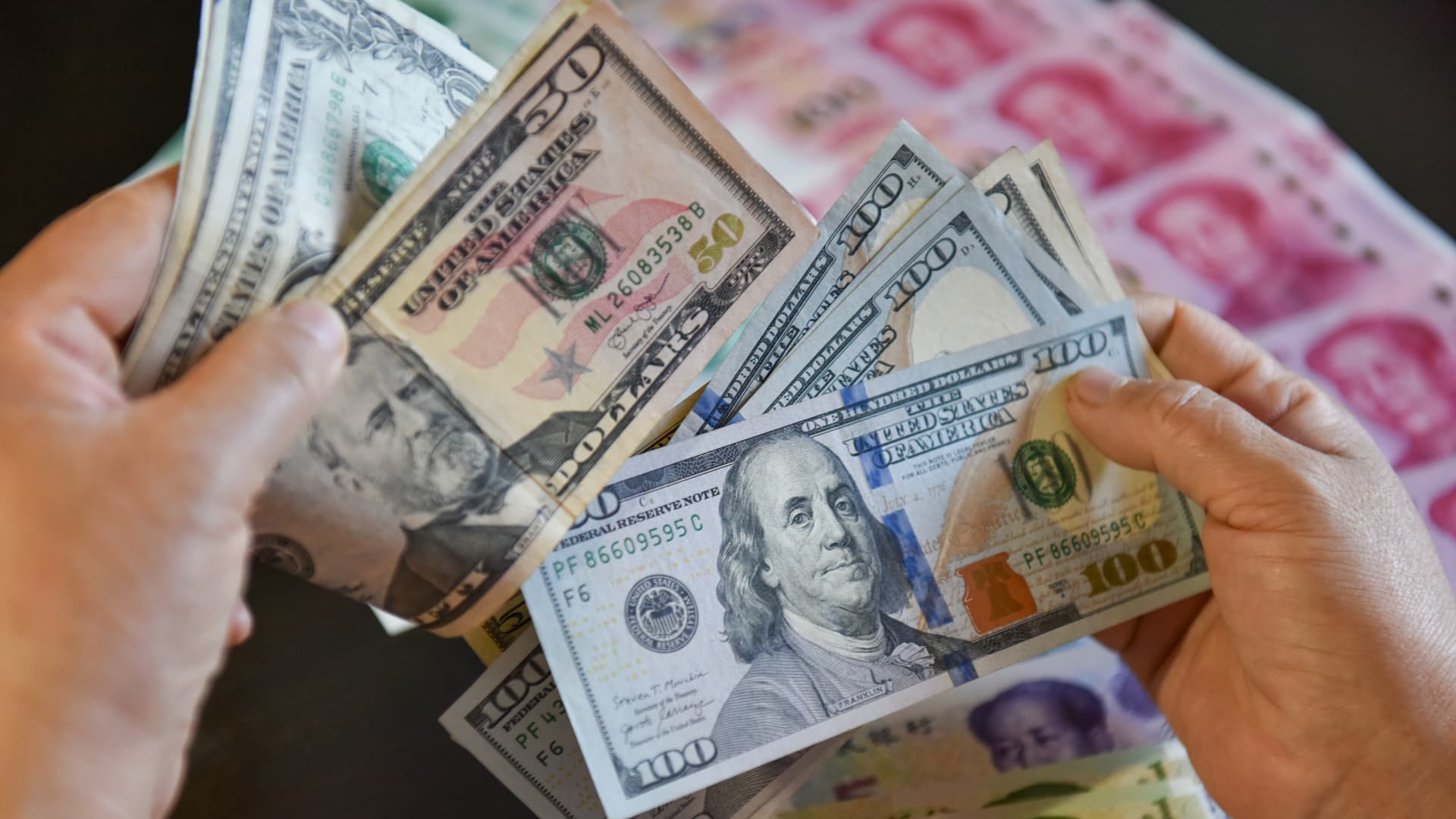The stock of global debt rose $10 trillion in the first half of 2023, bringing it to a new record high of $307 trillion, according to a report by the Institute of International Finance released Tuesday.
The high interest rate environment seen across most economies has sent the figure soaring, making the current debt pile $100 trillion more than it was a decade ago.
The global debt-to-GDP ratio now sits at around 336%, which is up from 334% in the fourth quarter of 2022, the report said. The ratio had experienced seven consecutive quarters of decline, before resuming its upward trajectory in the first half of 2023.
Worldwide spikes in inflation were the main factor causing the decline in debt ratio, helped by higher borrowing costs and tighter lending standards.
Mature markets such as the U.S., the U.K., Japan and France were responsible for more than 80% of the debt build-up in the first half of the year, while China, India and Brazil have seen the most pronounced increase in the emerging markets.
Domestic government debt is at “alarming levels” in many emerging market countries, the IIF said — a state that the global financial architecture “is not adequately prepared to manage.”
“Having a market-based framework to address unsustainable domestic debt levels could support initiatives to mobilize resources for development finance, including climate finance,” the report said.
Consumer debt meanwhile remains “largely manageable” in mature markets, the IIF said, with the household debt ratio dropping to its lowest level in two decades in the first half of 2023. This should then give additional room for further central bank tightening, if inflation continues to remain high, the finance industry body said.
“The health of household balance sheets, particularly in the U.S., would provide a cushion … against further rate hikes,” according to the report.
The report comes ahead of the Federal Reserve’s next interest rate decision, due later on Wednesday. The U.S. central bank is widely expected to not raise its benchmark rate, with markets giving just a 1% chance of the Fed enacting what would be its 12th hike since March 2022, according to CME Group data.

